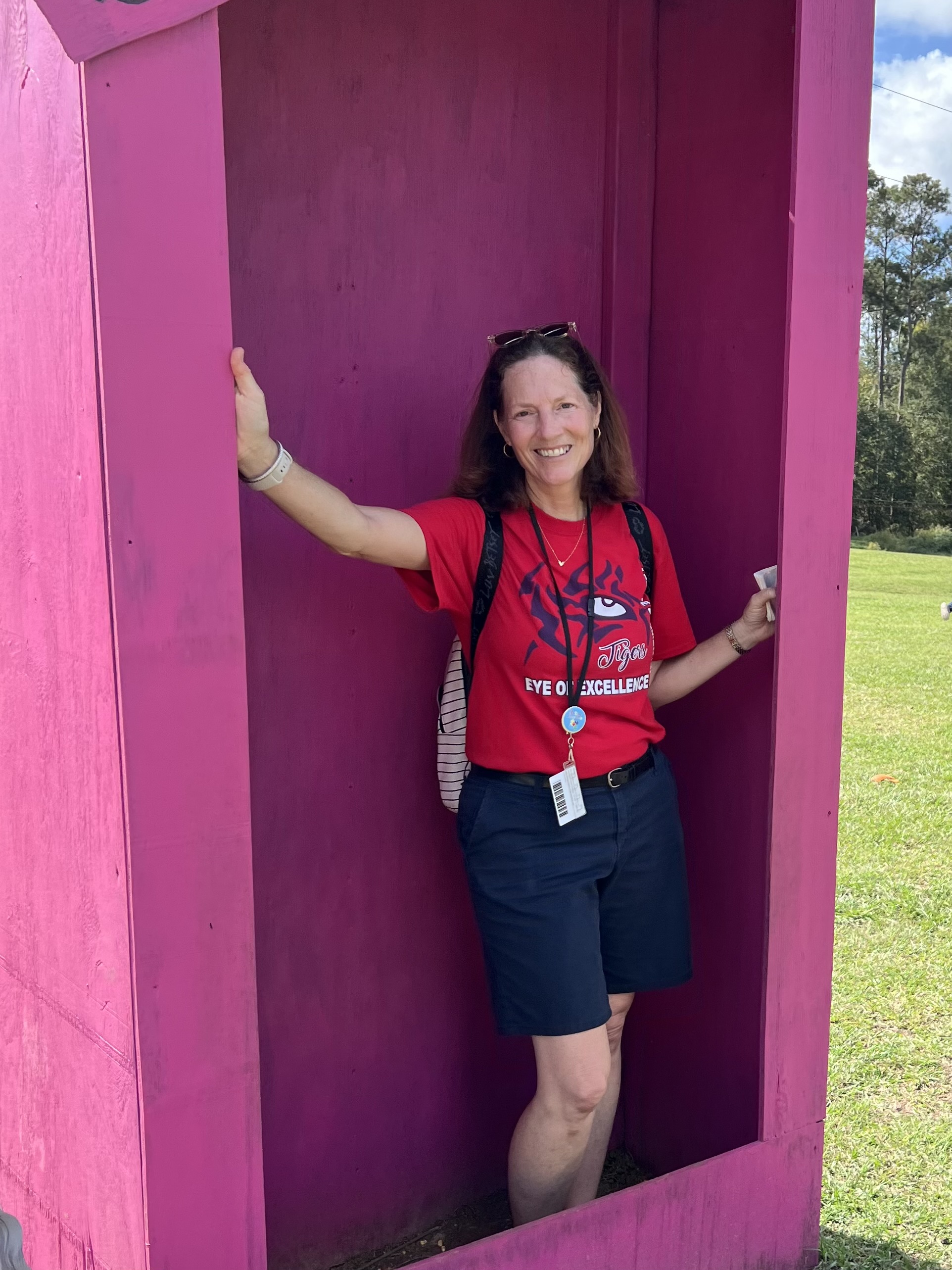St. John’s first planned community
Published 12:00 am Friday, January 2, 2004
By LEONARD GRAY Staff Reporter
(Editors Note: This is the first in a series of articles that will take a look at the history of the towns that make up the River Parishes. We will feature one town each month.)
GARYVILLE – It wasn’t that long ago when Garyville, the first planned community in the River Parishes, was the largest town between New Orleans and Baton Rouge.
When it was founded now more than a hundred years ago, Garyville was home for what was then called the world’s largest cypress lumber company.
That massive stand of cypress, however, was largely clear-cut in 15 years and Lyons Lumber, the heart of the community, finally sold out in 1931, already crippled by devastating fires in 1926 and 1928, not to mention the end of the available cypress.
The area was home already to several plantations, notably San Francisco, Hope and Emilie. In fact, the town of Garyville was built on the original Glencoe Platation.
Hope Plantation was built in 1856 by the Adams family and sold to Stebbins in 1934. He kept it until 1941, when he sold it to the Adet Millet family, and it remains the family home.
Emelie Plantation was built in 1882 by adelard Millet for Leonce chauff, who practiced medicine in the area until 1904. The house is now owned by Carl Baloney.
Another landmark is the Leon Graugnard house, the last remaining structure of Terre Haute Plantation.
Lyons Lumber opened its doors in 1903 and began building the town, single-story homes for employees and two-story homes for company executives. The distinctive architecture of each can easily be spotted.
There came a day, though, when the board of directors sought to name the new company town. President Thomas R. Lyon didn’t want to name it for himself so, at this particular board meeting, Lyon’s son-in-law John W. Gary was absent.
Not being there to object, Gary’s name became perpetuated with the new town. An effort is underway to get biographical informatiion on Gary, especially from his home state of Illinois.
Monica continued that the date of the board meeting which Gary missed is not known, but another effort is being pushed through several channels, including the clerk of court’s office, to fix the exact date.
The company grew and prospered, building a railroad in the process which built the sister city of Livingston on its other end.
The original boundaries of the company town were West Street and East Street, with Main Street up the middle. In time, during 911 installation, those became Historic West and Historic East streets.
Downtown Garyville was where the action was, including the lumber company offices, now the town museum, the Gary State Bank (now being restored) and a host of amenities, from the post office and school to a distinctive style of homes for company employees, several of which still stand.
The Gary State Bank is being restored, and other landmarks may also get a restorative facelift.
The year 1903 saw the establishment of The Big Store, the Garyville School, the Magnolia Hotel and a community club.
Soon, Garyville could boast on the Welcome Hotel, the trail depot, St. Hubert Catholic Church, three barber shops, Masonic temple, three dairies, ice plant, bakery, six boarding houses, auto dealership, two druggists, two baseball parks, movie theater and the Garyville Sentinel newspaper which boosted the town’s growth.





